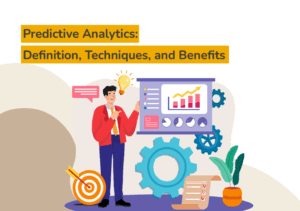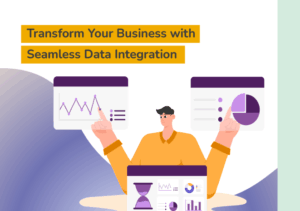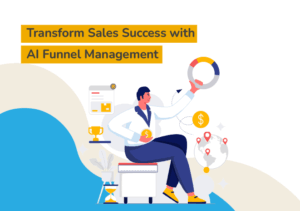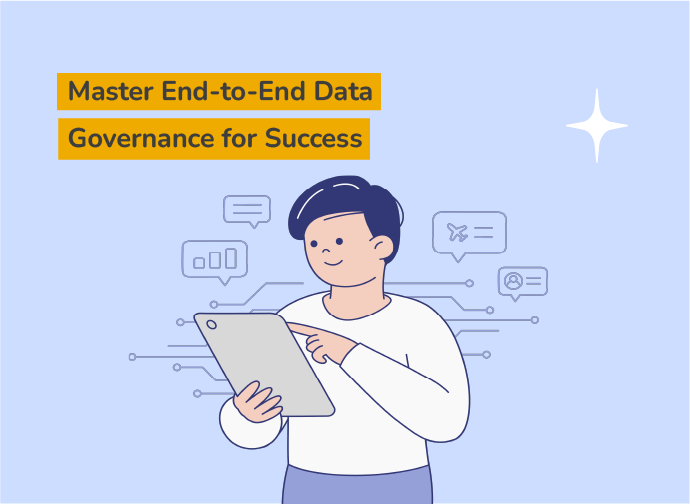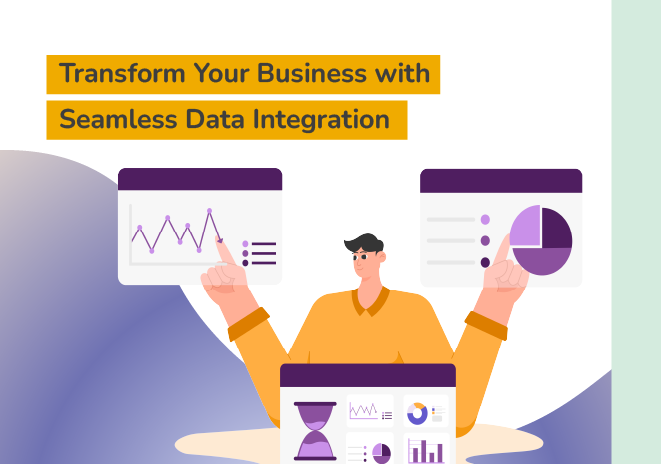Data science is a dynamic area that is constantly changing due to new technology developments. The creation of AI models like OpenAI’s ChatGPT is one such development. These models are revolutionising how we approach data science activities by automating some procedures and delivering insightful information. However, there are certain parts of data science that AI is less likely to completely replace at this time.
In general, routine tasks that include pattern recognition, large-scale data analysis, and repetitive operations are more likely to be automated by AI models like ChatGPT. In addition to some machine learning, communication, problem-solving, experimentation, data infrastructure management, and keeping up with the most recent trends and methodologies, these jobs frequently require data collecting, cleaning, analysis, and visualisation.
On the other hand, it is less likely that jobs that call for a thorough comprehension of context, human intuition, creativity, and critical thinking will be entirely automated. These jobs frequently call for the creation of hypotheses, the interpretation of experimental results, effective communication, thorough data analysis, complicated problem-solving, and the understanding, interpretation, and application of new information.
Let’s look more closely at both sides of this issue, particularly as they relate to data science.
In general, routine tasks that include pattern recognition, large-scale data analysis, and repetitive operations are more likely to be automated by AI models like ChatGPT. In addition to some machine learning, communication, problem-solving, experimentation, data infrastructure management, and keeping up with the most recent trends and methodologies, these jobs frequently require data collecting, cleaning, analysis, and visualisation.
On the other hand, it is less likely that jobs that call for a thorough comprehension of context, human intuition, creativity, and critical thinking will be entirely automated. These jobs frequently call for the creation of hypotheses, the interpretation of experimental results, effective communication, thorough data analysis, complicated problem-solving, and the understanding, interpretation, and application of new information.
Let’s look more closely at both sides of this issue, particularly as they relate to data science.
How ChatGPT will transform data science
ChatGPT and similar AI models can potentially revolutionize several tasks typically performed by data scientists. Here’s how:

What ChatGPT Can't Fully Replace in Data Science
While AI can assist with many tasks, there are certain aspects of a data scientist’s job that are less likely to be fully replaced by AI, at least with the current state of technology. These include:

The Future of Data Science with AI
The capabilities of AI systems are likely to keep expanding as the field of AI advances quickly. The need for human oversight, creativity, critical thinking, and subject knowledge is likely to persist even as AI gains in power. ChatGPT is an example of an AI technology that can automate repetitive processes and offer insightful data, but they still require human direction.
In conclusion, the emergence of AI models like ChatGPT is poised to revolutionise many facets of data science by increasing the accessibility of insights and streamlining operations. However, the human component of data science is still indispensable, highlighting the significance of a mutually beneficial partnership between AI and human expertise.


